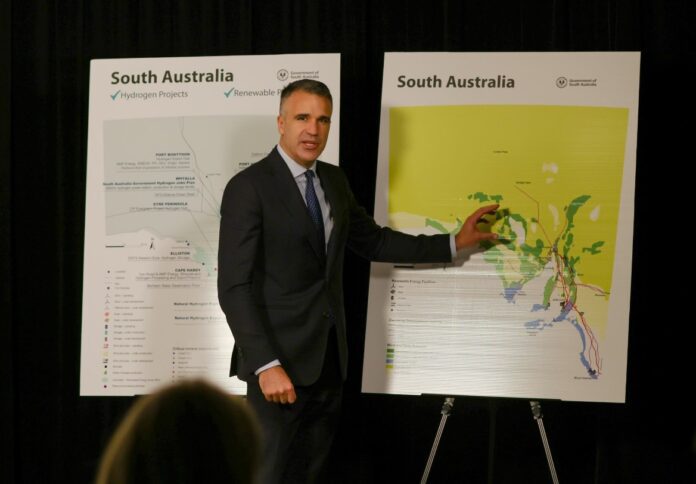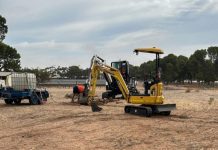
South Australia has taken a step towards consolidating its leadership in renewable energy and hydrogen sectors with the introduction of the Hydrogen and Renewable Energy Bill.
This legislation marks the nation’s first comprehensive framework designed to coordinate and streamline the rapidly expanding hydrogen and renewable energy industries, the government said in a news release.
South Australia has already made significant strides in renewable energy, boasting a record of over 70 per cent renewable energy adoption due to its existing frameworks.
However, as the state anticipates a surge in large-scale hydrogen and renewable energy projects, with over $20 billion in capital development on the horizon, the government said the need for an integrated approach has become evident.
According to the government, the change in scale and complexity, including several proposed large, vertically integrated projects, demands a single end-to-end framework that can consider the needs of the environment, landowners, communities, and the state’s strategic and economic ambitions.
“This bill will give confidence to international investors who are willing to contribute their capital to growing the industries of the future right here in South Australia,” stated South Australia Premier Peter Malinauskas.
He added, “It will also give the community confidence that these projects will be delivered in a way which protects the environment and the interests of communities, landholders, native title holders and the environment.”
In particular, the Hydrogen and Renewable Energy Bill consolidates six separate Acts into a single legislative framework, effectively reducing bureaucracy and simplifying the process for potential investors.
Its primary objective is to facilitate a straightforward, competitive, government-led approach to the development of large-scale hydrogen and renewable energy projects across the state, aligning with the Government’s Hydrogen Jobs Plan.
The legislation applies to both freehold and government-owned land, as well as state waters.
It aims to provide community and investor confidence by ensuring consistent and reliable performance in social, environmental, and safety aspects within the industry.
Under the bill, on freehold land, project proponents will need to secure access through direct agreements with landowners, preserving existing arrangements and promoting cooperation.
For pastoral land and state waters, a novel competitive system will be introduced to allocate access and licenses, allowing the government to responsibly assign access to some of the state’s most promising renewable energy development areas.
The declaration of these release areas will follow a consultative process involving government agencies, native title holders, and other relevant stakeholders.
Once a release area is declared, a competitive tender process for feasibility licenses will be initiated, with applicants competing based on transparent selection criteria.
This approach ensures that the state hosts projects committed to coexisting with current land use and delivering community and environmental benefits.
The Hydrogen and Renewable Energy Bill also establishes five distinct license types corresponding to key stages of renewable energy projects, from initial research and feasibility studies to construction, operation, and eventual facility closure.
The government said the bill has undergone extensive consultation over the past year, including discussions with native title holders, to ensure a balanced approach that aligns with ecological sustainability and responsibility.




















